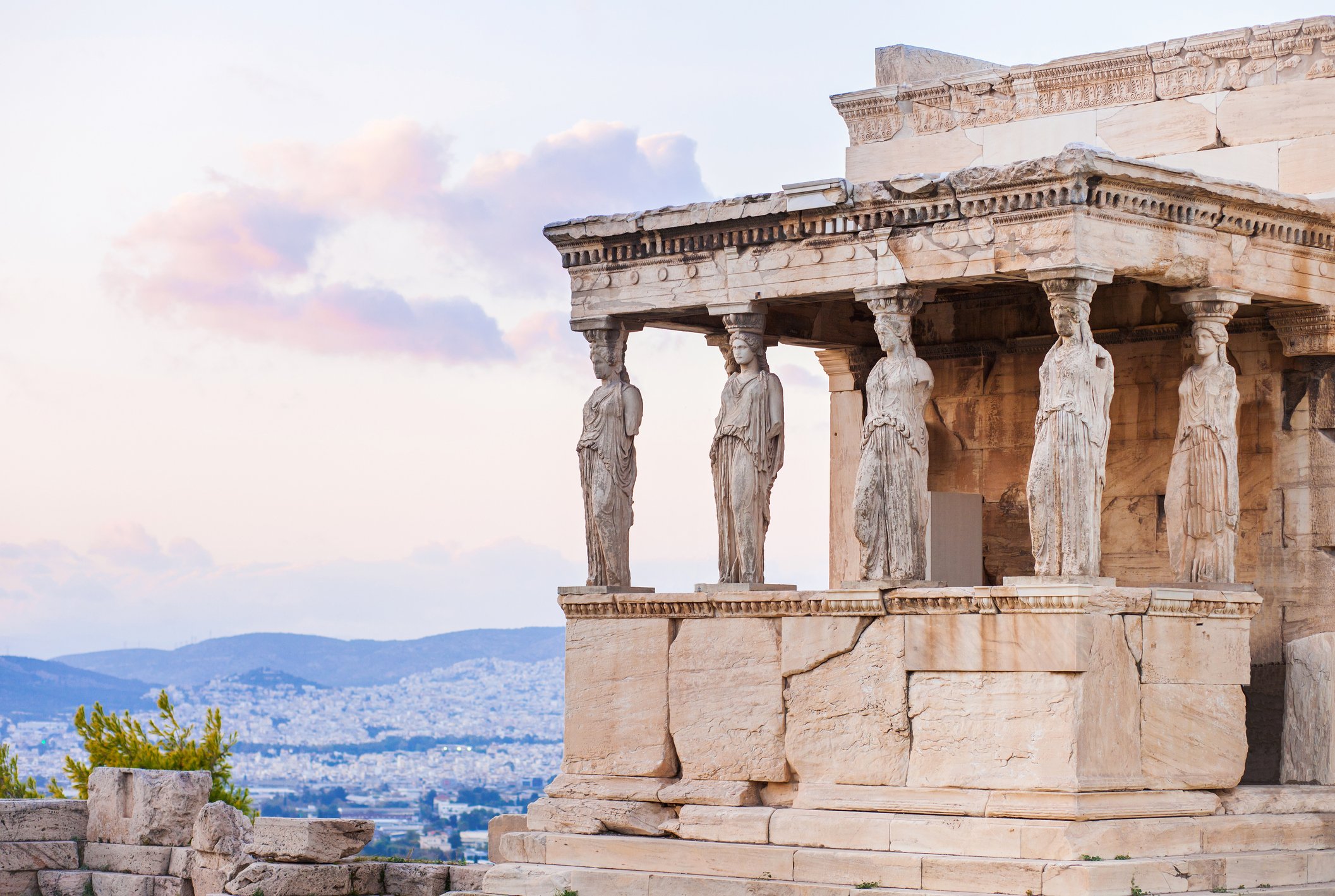
Greece
Agamemnon To Alexander
Explore Greece’s oldest sites, journeying from the island of Crete to Thessaloniki and the north.
tour snapshot
-
April 20 - May 8, 2025 | 19 Days
-
Dr John Tidmarsh. View full bio >
-
-
$14,960 AUD per person, twin share (land content only)
$2,860 AUD supplement for sole use of a hotel room
A $1,000 AUD non-refundable deposit is required per person to confirm your booking on tour.
-
18 nights’ accommodation in centrally located 4 and 5-star hotels. All breakfasts, 2 lunches and 10 dinners. Services of an expert tour leader and an experienced tour manager throughout. Internal Economy flights as indicated, all ground transport, entrance fees and tipping.
-
Waitlist. Tour Full.
Bookings are closed for this tour. -
Grade Two. This tour is designed for people who lead active lives.
Tour Status: Waitlist - Tour Full
tour overview
The birthplace of Western philosophy and democracy as well as a wellspring of literature, architecture and art, ancient Greece is rightfully known as one of the cradles of Western civilization.
Our 19-day tour of the great sites of ancient and medieval Greece focuses especially on the worlds of the Aegean Bronze Age and the Macedonian rulers Philip II and his son Alexander the Great, whose exploits altered the ancient world forever.
Our journey of 5,000 years of history takes us first to Crete and the sprawling palace of King Minos and others, along with the charming, well-preserved Minoan village of Gournia. We’ll then move on to Athens, home to the Acropolis, ancient Agora and superbly organised museums before heading to the Peloponnese, where we explore the world of Agamemnon and the warrior Mycenaean kings.
Next, we travel north to the iconic classical sites of Olympia and Delphi, the site of the famous Battle of Thermopylae, and Meteora, with its stone pinnacles crowned with Byzantine-era monasteries. Finally, we arrive at Thessaloniki, gateway to ancient Macedon.
tour highlights
During our travels we shall visit many of the great sites of ancient and medieval Greece.
your expert tour leader
Dr John Tidmarsh was previously Tutor and then Part-Time Lecturer in Greek and Roman archaeology in the Department of Archaeology at the University of Sydney, and is the former President of the Near Eastern Archaeology Foundation. He is a Co-Director of the University of Sydney’s excavations at Pella in Jordan (where he has worked since 1979) and is also Co-Director of the Australian Archaeological Mission at Jebel Khalid in Syria. He was previously Associate Director of the University of Sydney’s excavations at Paphos, Cyprus, and was also Senior Investigator at the university’s excavations at Torone in Greece.
In good hands...
In addition to your expert tour leader, you will be accompanied by a trained tour manager for the duration of the tour. Our tour managers will ensure your safety and comfort on tour, while also overseeing the behind-the-scenes logistics. Our tour managers are great travel companions who ensure your needs are well taken care of. From offering suggestions for your free time, to a lively chat at dinner or even providing space for a quiet moment of reflection, rest assured you are in good hands when travelling.
tour itinerary
Athens (1 night), Heraklion (3 nights), Athens (2 nights), Nafplio (2 nights), Pylos (2 nights),
Olympia (1 night), Delphi (2 nights), Karditsa (1 night), Thessaloniki (4 nights)
Included meals are shown with the letters B, L and D.
-
The tour starts at 6.00pm on Sunday 20 April, at the Divani Acropolis Hotel, Athens.
The tour ends on Thursday 8 May, with a flight from Thessoloniki to Athens Airport, arriving at approximately 2.00pm.
-
The tour commences at the hotel in Athens at 6.00pm. Meet your tour leader and fellow travellers in the lobby of the hotel for drinks followed by dinner. Overnight Athens (D)
-
This morning we transfer to Athens Airport and board a flight to Heraklion. We arrive in Crete and transfer to our hotel before John conducts an orientation tour of the Venetian city on foot. In the afternoon we visit the excellent Archaeological Museum in Heraklion. Its collection includes Minoan artefacts and wall paintings from Knossos and the other Minoan palaces as well as the mysterious Phaistos Disk. This evening we enjoy a welcome dinner in a local restaurant. Overnight Heraklion (B, D)
-
We begin the day by travelling to Phaistos, a Minoan royal palace complex on a dramatic hilltop site overlooking the Messara Plain. After lunch in the beachside town of Matala, we then visit Crete’s most famous site, the Minoan palace complex of Knossos. The area shows occupation from Neolithic times, but the first palace was established c.1900 BCE. This was destroyed by an earthquake 200 years later and completely rebuilt. The site is a complex of administrative, residential, and religious structures that offers an excellent idea of what life in Minoan Crete may have been like. Overnight Heraklion (B, L)
-
Today we head to the Minoan town of Gournia, named for the hollow vessels found at the site. Gournia was excavated by an American team of archaeologists in the early part of the 20th century and consists of a central palace, some 60 houses and an interconnecting road system. We then explore another Minoan site at Malia, the third largest palace on Crete. Originally constructed c.1900 BCE, it was later destroyed and the ruins we see today are of the second palace rebuilt in c.1650 BCE. The palace was discovered in 1915 and excavations of the entire town continue today. Overnight Heraklion (B)
-
We depart our hotel in Heraklion this morning and board a flight to Athens, where we transfer to our hotel on arrival. After lunch in a local restaurant, we visit the National Archaeological Museum of Greece, with its incomparable collection of Mycenaean and classical period art and artefacts. Originally built to house finds from around Athens, it has become a truly national museum with collections devoted to prehistory, sculptures, metallurgy and pottery. These pieces will remain with us during the tour as exemplars of many of the sites we shall visit throughout the country in the coming days. Dinner tonight is in a local tavern. Overnight Athens (B, L, D)
-
After a talk in our hotel this morning, we walk through the Agora, centre of the ancient city where citizens assembled for a wide variety of administrative, cultural, religious and political purposes. We continue up to the Acropolis, where the views atop the hill are the best in the city. The Parthenon, Erechtheion, and the exquisite temple of Athena Nike are the centrepieces of the ancient buildings on the Acropolis and encapsulate both the beauty and achievements of ancient Greece. We complete our tour with a visit to the Acropolis Museum, where artefacts recovered from the site and spanning thousands of years are displayed. Overnight Athens (B)
-
After a talk in the hotel this morning, we depart for the Plain of Argos and arrive at Mycenae, the seat of Agamemnon who served as leader of the Greek coalition at Troy. This morning we walk through the famous Lion Gate, see the Shaft Graves of Circle A and climb through the site to the crowning Megaron Palace where the Mycenaean king would have held sway over much territory. Blending back into the rocky hills, the ruins of this ancient powerhouse are in a spectacular location atop the citadel and ringed by well-preserved Cyclopean walls. This afternoon we stop at the smaller Mycenaean citadel of Tiryns. Celebrated by Homer for their strength, the walls of Tiryns still impress as does the well-preserved acropolis, entrance ramp and gate house. We arrive at our hotel and settle in before dinner in a local restaurant. Overnight Nafplio (B, D)
-
This morning we walk through the narrow-cobbled streets of the old town of Nafplio, characterised by Venetian architecture, through Syntagma Square to the Archaeological Museum to see the finds discovered from Tiryns, Mycenae and Epidaurus. Afterwards, we journey above the town to the baroque fortress of Palamidi, standing 216 metres high and with spectacular views across the Argolic Gulf. This afternoon we visit the impressive site of Epidaurus, the location of the Asclepeion, one of the most famous healing centres of the Classical world. The well-preserved 4th- century BCE theatre is regarded as the best in Greece. Overnight Nafplio. (B)
-
Following a talk in our hotel this morning, we depart Nafplio for Pylos. On route, we explore our immediate surroundings in order to examine the role of Pylos during the Peloponnesian War, as well as its role in hastening the end of Ottoman rule in Greece. According to Homer, Pylos was also the home of the hero Nestor, the eldest and wisest of the Greeks who fought at Troy. We arrive in Pylos and freshen up before dinner in a local restaurant. Overnight Pylos (B, D)
-
Using the small town of Pylos as our base, our destination today is the ‘Palace of Nestor’, seat of power for wise king Nestor in Homer’s Iliad and today the best preserved prehistoric Mycenaean palace. Enroute we stop at Kalamata, the home of the famous olive. Nestled along the azure waters of the Mediterranean, the historic area of old Kalamata is located under the city fortress and is dotted with neoclassical buildings, traditional cafés and Greek taverns. There is free time for lunch in nearby Chora before returning to Pylos. This afternoon we visit the evocative castle in the port town of Methoni. Built by the Venetians in the early 13th century on a rocky promontory, the castle is among the largest in the Mediterranean. Overnight Pylos (B)
-
We depart Pylos for the ancient site of Olympia, birthplace of the Olympic Games and where the Olympic flame is still lit every four years. Home to the Temple of Zeus, one of the Wonders of the Ancient World, the sanctuary at Olympia not only lies in a beautiful and peaceful setting, but its largely non-reconstructed remains allow a unique opportunity to visualise how this complex would have looked during its heyday. The archaeological museum is a treasure trove of artefacts excavated from the sacred precinct including superb architectural sculptures from the Temple of Zeus itself. There is a talk in our hotel this evening before we enjoy dinner together. Overnight Olympia (B, D)
-
Today we travel to Delphi, chosen by the Greeks as the navel of the Earth and located on the spectacular cliff face of Mt Parnassus. This afternoon we visit the Delphi Museum and view its collection of treasures including the marble Sphinx of Naxos and the marvellous Charioteer, one of the finest extant bronze statues from the classical world. We check in to our hotel and enjoy dinner in a local restaurant. Overnight Delphi (B, D)
-
This morning we travel to the walled monastery of Hosias Loukas. An important monument of the Middle Byzantine period, the lavish frescoes and marble and mosaic decorations reflect the classic decorative style for this era. This afternoon we visit the impressive and mystical archaeological site of Delphi, home to the most important oracle of the ancient world whose influence on rulers and the ruled alike was profound. We explore the Temple of Apollo, treasuries, the theatre, stadium and Altar of the Chians. Overnight Delphi (B)
-
This morning we head north to Karditsa. Along the way, we make a short detour to the site of Thermopylae, the location of the famous last stand by Spartan soldiers during the 480 BCE Persian Wars. Little remains at the site except for a bronze statue of Leonidas, the warrior King of the Spartans, erected in 1955. Tonight we enjoy dinner in a local restaurant. Overnight Karditsa (B, D)
-
We depart for Meteora this morning to see the amazing landscape of steep-faced sandstone pinnacles, often crowned with a Byzantine monastery. Access to the monasteries required long ladders tied together or large nets and baskets used to haul up both goods and people. Reaching the top required a leap of faith as it is said the ropes were only replaced “when the Lord let them break”, symbolising the fragility of life. We continue to Thessaloniki, our base for the next three days. After time to freshen up, there is a talk in our hotel followed by dinner. Overnight Thessaloniki (B, D)
-
Founded in 315 BCE by Cassander of Macedon, Thessaloniki’s history spans some 2,300 years. An important metropolis by the Roman period, Thessaloniki was the second largest and wealthiest city of the Byzantine Empire. Today we start by visiting the palace, Arch and Rotunda of Galerius, the Byzantine citadel and two incomparable museums: The Archaeology Museum and the Museum of Byzantine Culture. The remainder of the day is at leisure to walk along the esplanade and visit the White Tower, built in the 15th century after the fall of the city to the Ottomans. Overnight Thessaloniki (B)
-
Today we visit two important Byzantine monuments: the church of St. Sofia (Hagia Sophia) and the church of St Demetrius (Hagios Demetrios). These originally 7th and 8th -century churches have suffered the vicissitudes of time but still retain tantalising glimpses of the fine early Byzantine wall mosaics and frescoes which survived the 9th- century iconoclast movement. The evening is at leisure. Overnight Thessaloniki (B)
-
This morning we take an excursion to visit the premier cities of the ancient Macedonian kingdom: Pella and Vergina. In this world of Alexander the Great and his father, Philip II, we visit Pella and view the beautifully executed pebble mosaic floors, the well-presented site museum and the streets and buildings of a city that, for the briefest of moments, ruled from Greece to India. At Vergina we visit the theatre where Philip II was assassinated and visit his tomb. This evening we conclude our tour with a farewell dinner in a local restaurant. Overnight Thessaloniki (B, D)
-
Our tour concludes today with a transfer to Thessoloniki airport for our flight to Athens, arriving in time to meet the late evening departing flight for Australia. (B)
-
Hotels have been selected principally for their central location. All hotels are a comfortable 4 and 5-star standard.
Athens, Divani Palace Acropolis Hotel (3 nights)
Heraklion, GDM Megaron Hotel (3 nights)
Nafplio, Ipolliti Hotel (2 nights)
Pylos, Phillip Hotel (2 nights)
Olympia, Hotel Europa (1 night)
Delphi, Hotel Amalia (2 nights)
Karditsa, Domotel Arni Historic Hotel (1 night)
Thessaloniki, Mediterranean Palace (4 nights)
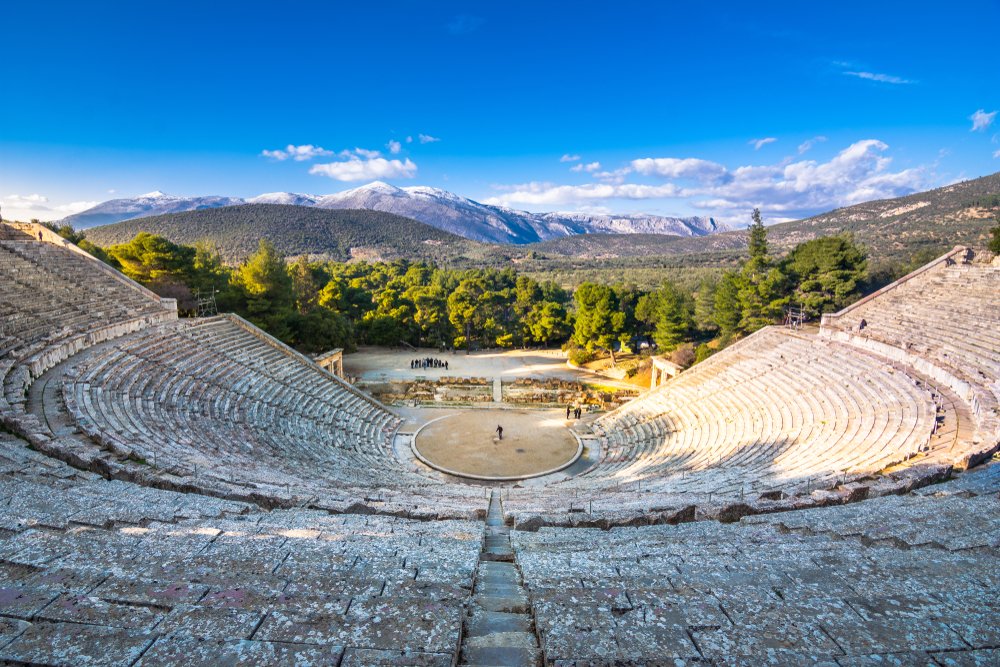

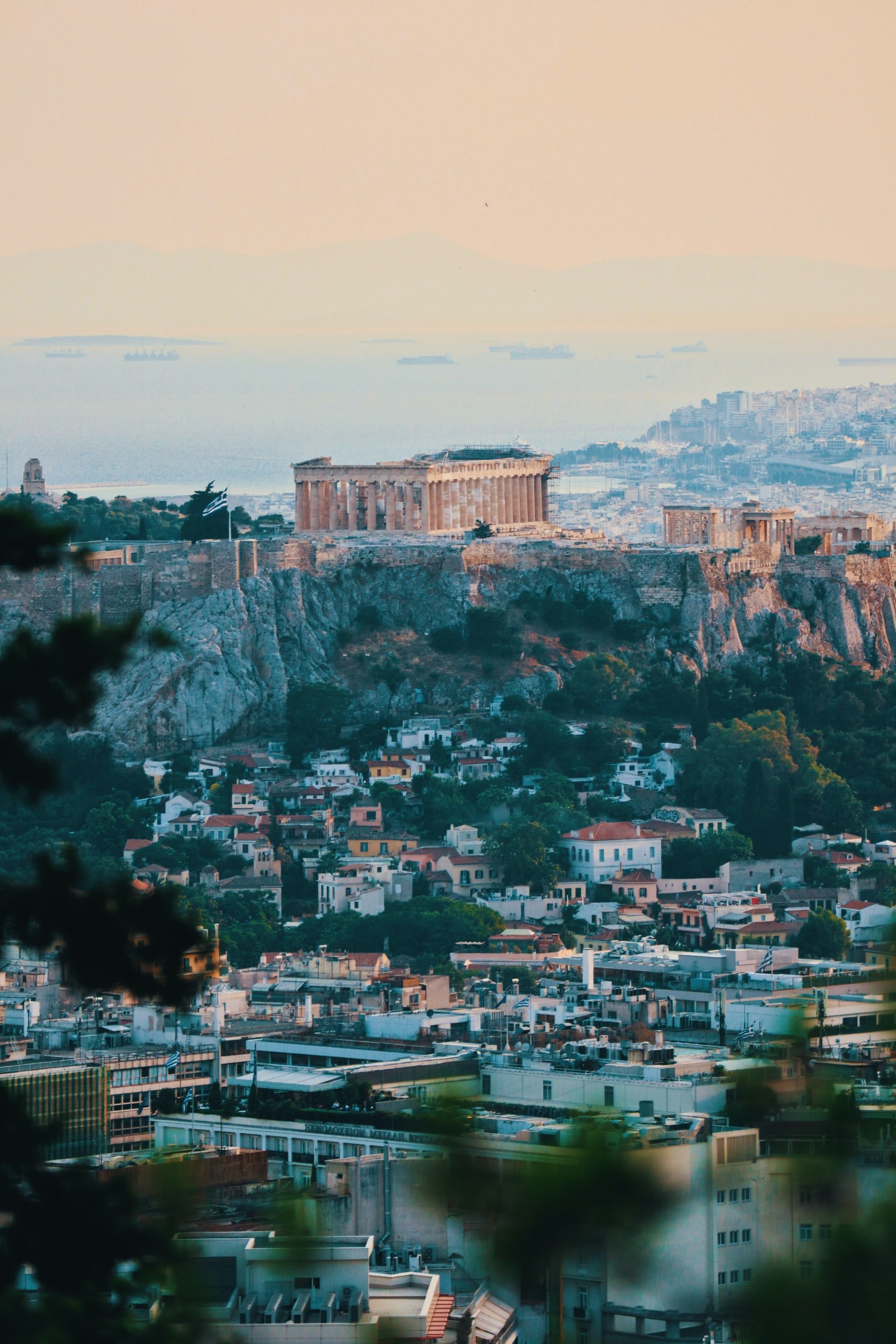

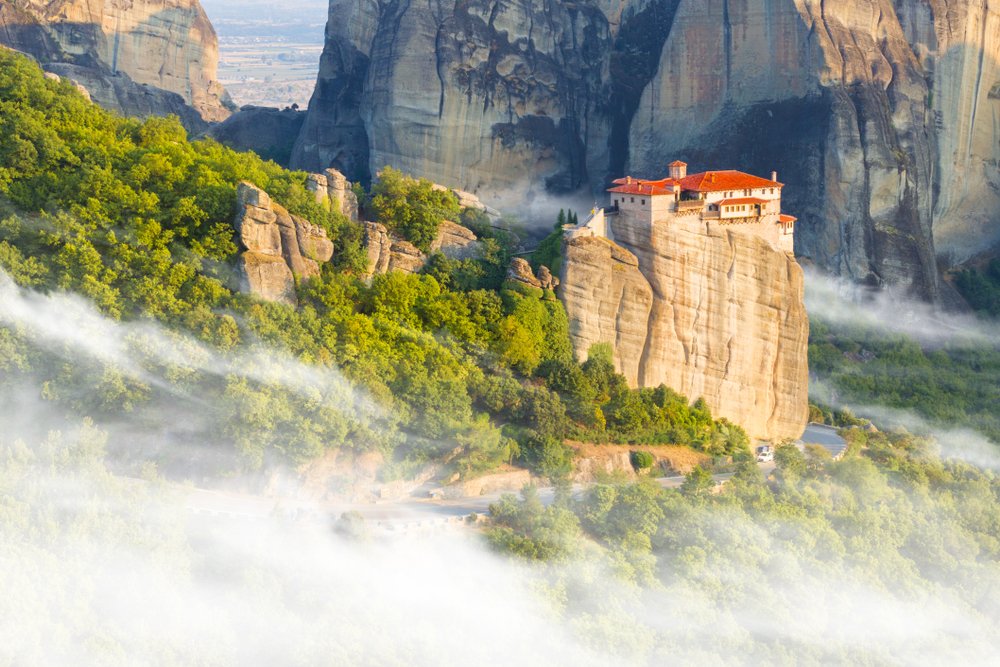
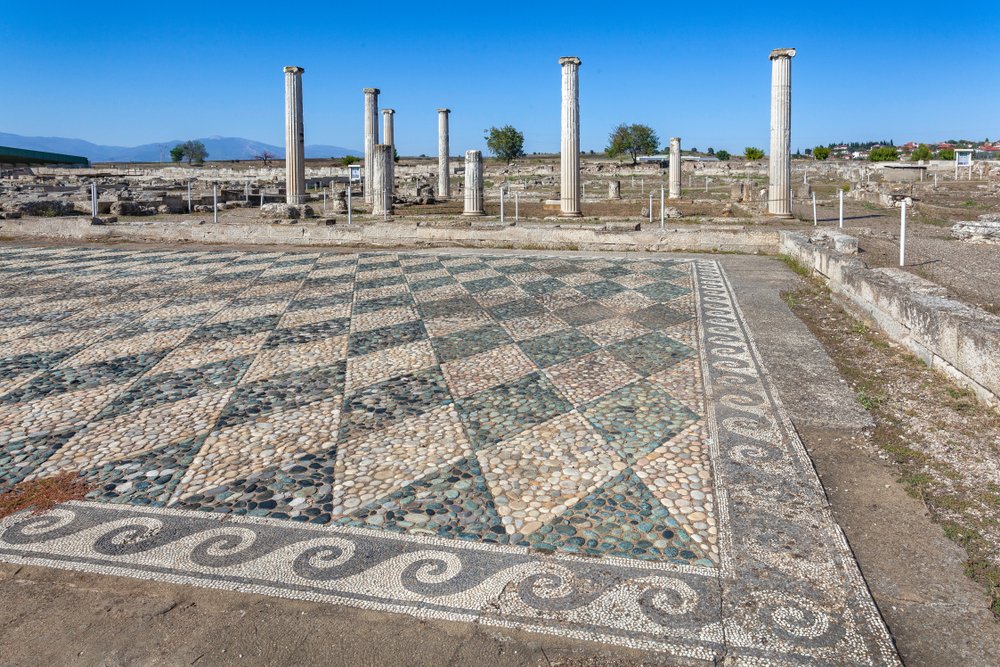
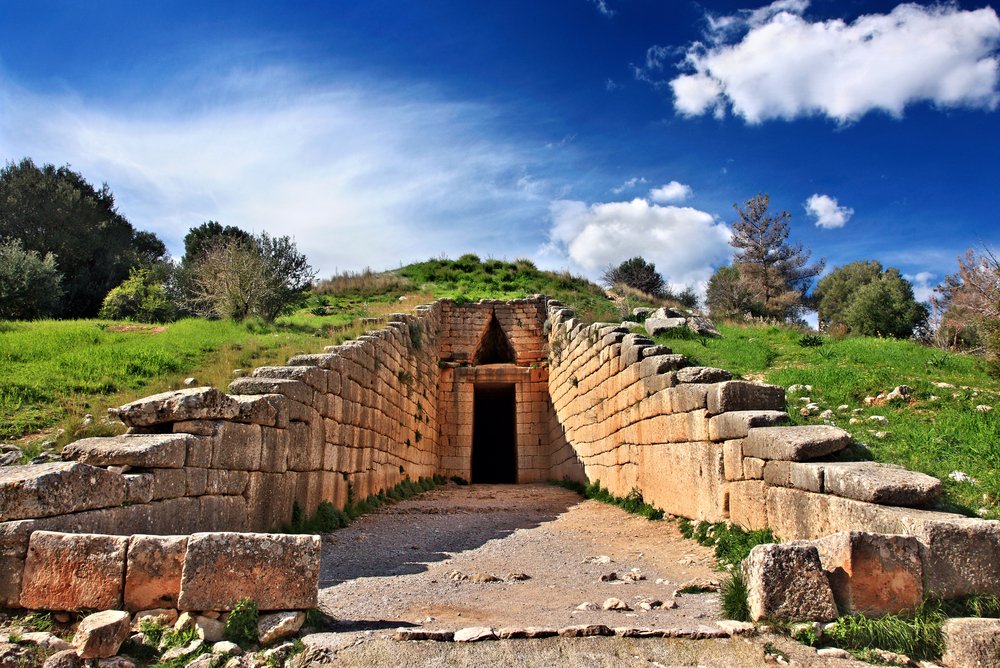
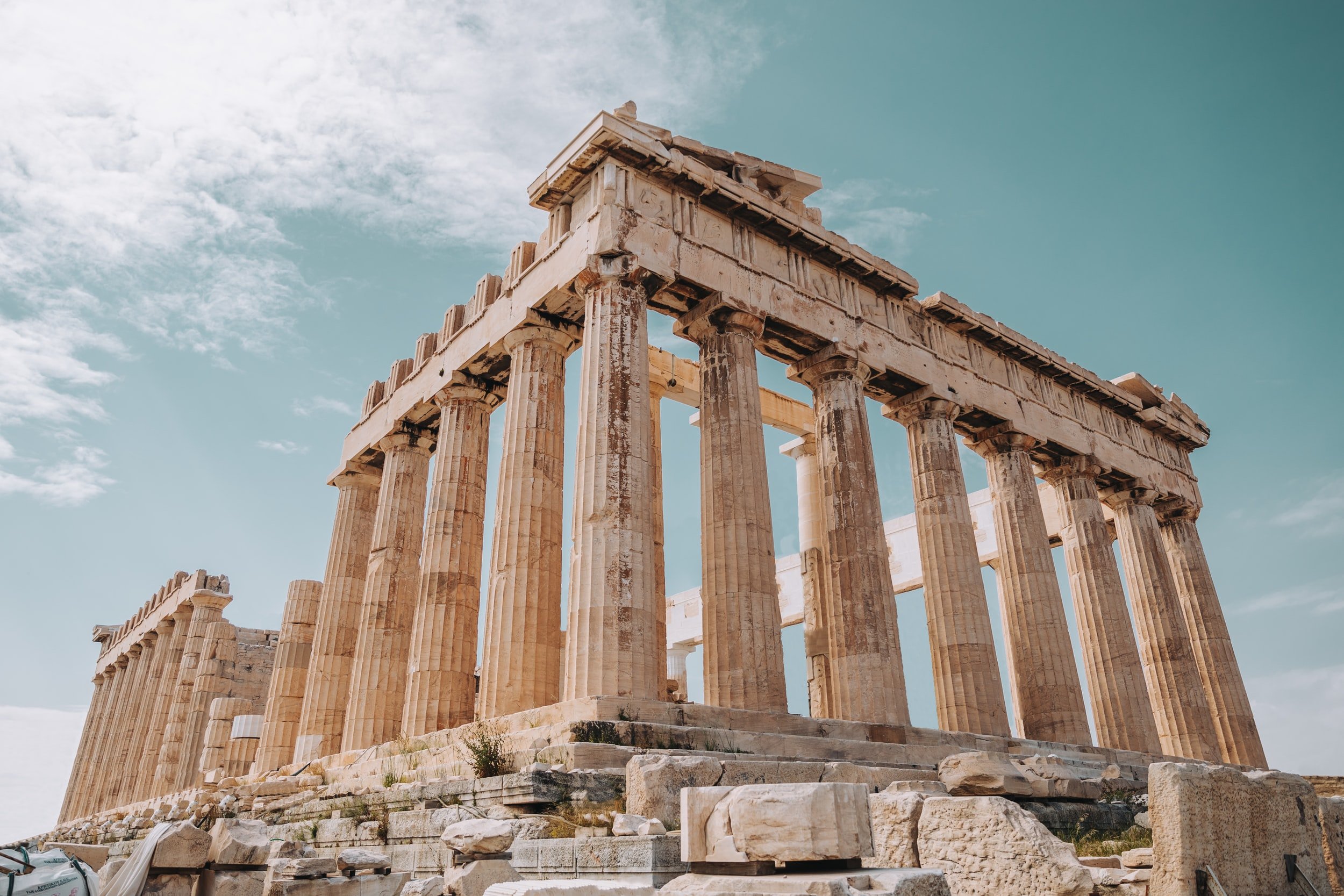
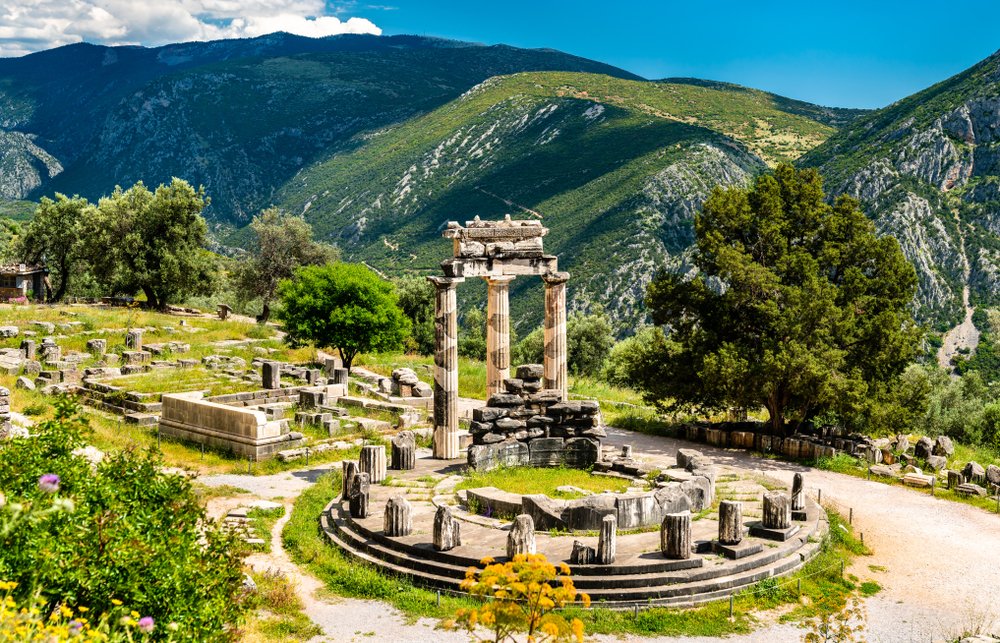
tour booking
$14,960 AUD per person, twin share (land content only)
$2,860 AUD supplement for sole use of a hotel room
A $1,000 deposit is required per person to confirm your booking on tour. This deposit is non-refundable.
TOUR FULL - BOOKINGS CLOSED
-
Book Online
To secure your place(s) on tour, book online below with “Athena”, our virtual tour consultant.
-
Book via Email or Post
Download a printable booking form. You can also complete the form on screen and submit via email.
JOIN WAITLIST…
There are currently no places available on this tour.
A place on the waitlist is not a confirmed place on tour. If you would like to be notified if a place becomes available on tour, please register your details below.
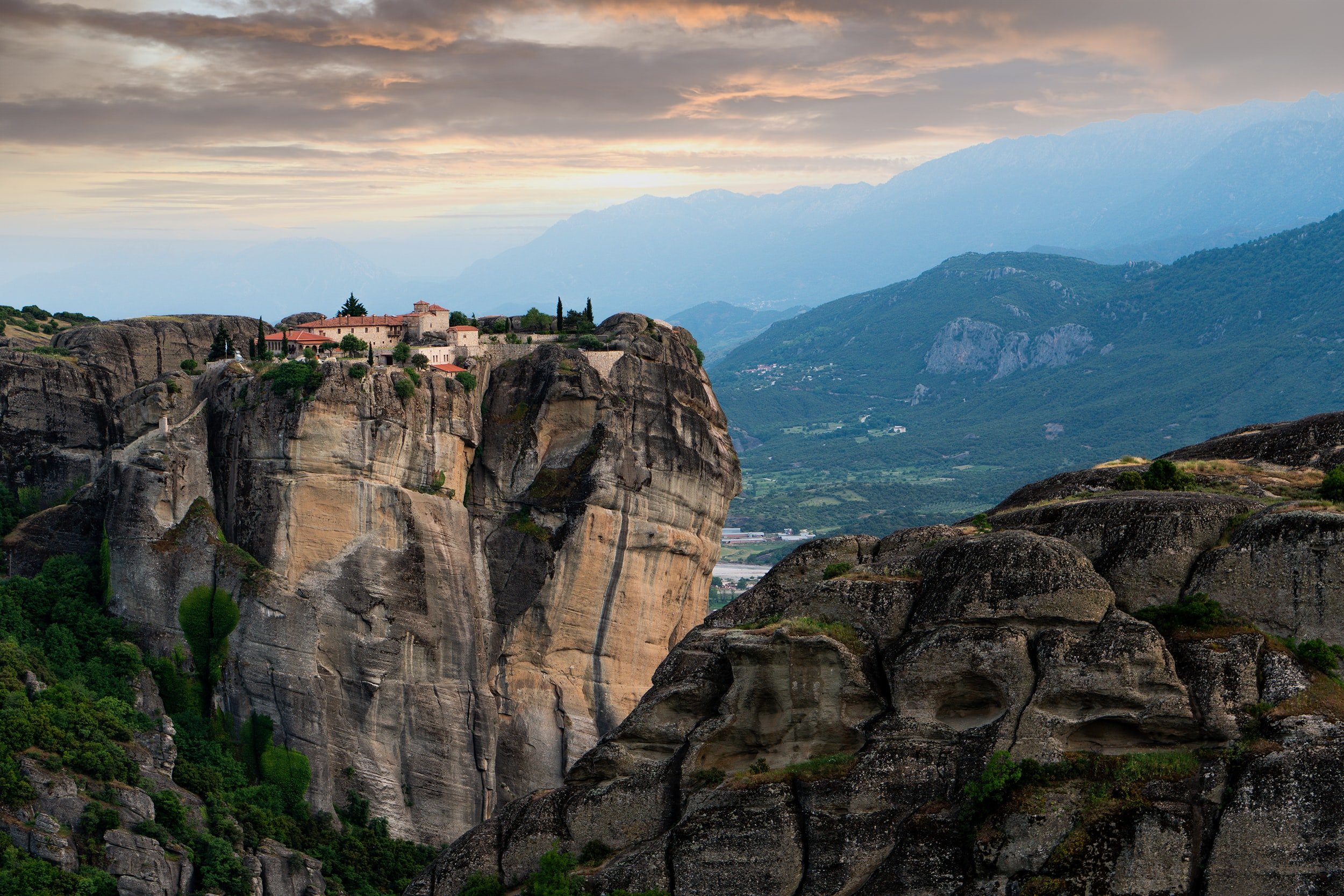
can’t make this departure?
If these dates don't work for you, register to hear about the next tour.
your tour consultant
The consultant for this tour is Lucy Yeates. For further information or to discuss the tour, please call 9235 0023 (Sydney) or 1800 639 699 (outside Sydney) or email lucy@academytravel.com.au
have you thought about?
Academy Travel is more than just a tour operator. We are also a full-service travel agency who can assist you with all aspects of your travel, including flights, transfers, pre-tour arrival, additional travel and comprehensive travel insurance.







